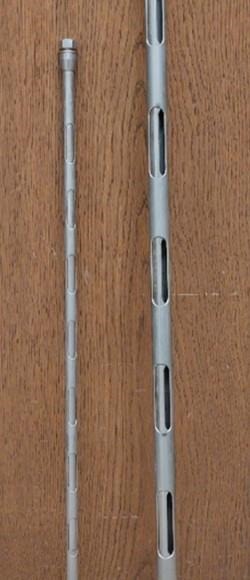Some of the critical components of seed quality are percent germination, mechanical analysis for purity (% other crops, % inert, and % weeds), and a listing of noxious weeds identified by scientific/common name and quantity found. Commercial or certified seed used for cover crops should have a seed tag that shows variety and the seed quality measurements above. However, if the seed is sourced from out of state, the noxious weeds listed (or NOT listed) on the tag by name may differ from the Ohio noxious weed seed list.
Only the noxious weeds for the state where the seed was originally going to be sold are required to be listed on the tag by name and quantity (Federal Seed Act, part 201.16). Each state determines which species are included on this list, and can differ from state to state. Additionally, selecting only the “Noxious Weed Exam” if an out-of-state laboratory is used may only screen the lot for the noxious weed list of the state where the lab is located. For example, a seed lot tested in Illinois for a “Noxious Weed Exam” may only screen the seed lot for the noxious weed list for Illinois.

Image: Two different length seed triers
Ordering the “all-state noxious weed exam” ensures that the lot is screened for the weeds on Ohio’s list as well as the other states. This test would screen the seed sample supplied for the weeds contained in this list, and would help to meet requirements of participating in some governmental programs (i.e. H2Ohio) where the lot undergoes an evaluation for Ohio’s noxious weed seed. Only 1.1-1.2 lbs of seed is needed for testing, but it is critical the sample is representative of the lot to ensure quality test results. Use of a sampling probe/bag trier (image) can help with collection of uniform samples, and different sizes are available.
Saved seed for wheat or cover crop planting (if allowed for that species/variety) should be tested for germination (at minimum) to help farmers dial in seeding rates to ensure good cover crop establishment this fall. Also, farmers may need to have a noxious weed exam conducted to ensure seeding a cover crop won’t bring unwanted weeds with it.
Source : osu.edu